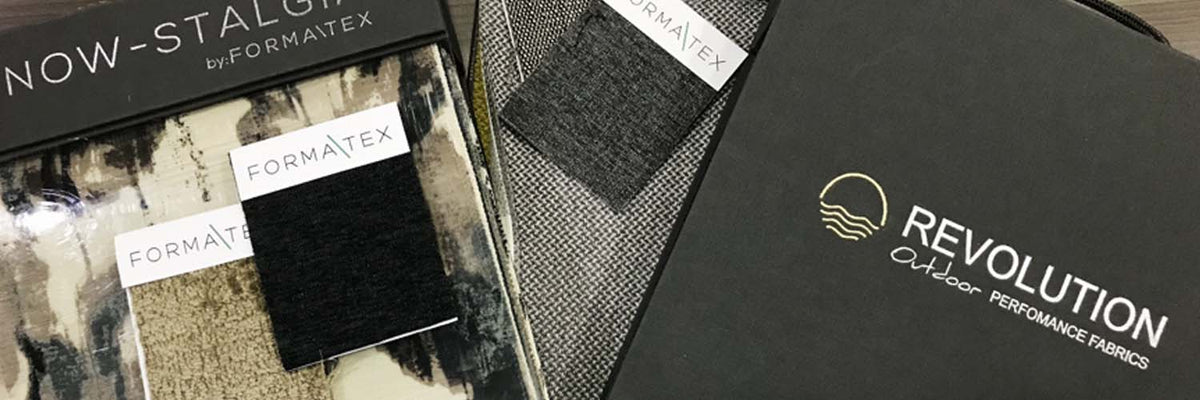- Regular Price
- $ 19.99
- Sale Price
- $ 19.99
- Regular Price
- $ 19.99
- Unit Price
- per

Our frequent customers will know what a textile book is and what we use it for, since we constantly provide them with all the necessary information through them, whether tactile or visual.
But, if you are new or looking for a particular fabric, you have come to the right place because today we will talk about one of our main tools for the consumer to visualize and learn about our products.

You are probably wondering, what is a book? What is it for?
In short, they are catalogs of fabrics divided into different categories, whether exterior, jacquard, neutral colors, colorful, among others.
They aim to show the possible combinations of color, fabrics and range of textures to our clients.
Here at FORMATEX we have a wide variety of books. Approximately, in all of these we have around 50 different fabrics, coordinated for the presentation and development of interior design projects.

Before starting to create it, it is always relevant to ask and analyze how it will be carried out, what needs the users have, what will be innovative and what should be done to make it look aesthetic, harmonious and striking.
Well, mainly you need to be very observant, visionary and have an open mind, since it is important to never settle for the first option created, but to continue investigating other possible alternatives, think about future trends, play with textures, of course as long as there is harmony and accents until you reach one that instantly captivates attention.
Furthermore, making one of these requires dedication and time, because sometimes it can take one or even several days to reach the desired perfection, function and beauty.
Likewise, it is crucial that everything looks balanced, but outstanding, rather, that it has distinctive details so that our fabrics stand out without exceeding the color or material saturation.

Each sheet has 14 fabrics in total, 7 on each side. Once the textile organization is finished, it is essential to reflect that all of them look attractive together and are correctly incorporated with each other, because when creating a page we always consider that the fabrics on top get along well with those on the bottom and even with those on the lateral sides.

When we want our products to look beneficial, not only the color is given importance, but also the textures, since it is really essential to notice if the type of fabric and structure complement or contrast with the previous ones, since without these points previous ones it will not be possible to obtain what we have mentioned so much, a balanced result.
In general, we always have one or two main fabrics and from these other secondary ones are unleashed, which allow us to play more with fabrics, colors and textures to create similarities and a striking and aesthetic textile ensemble.
Once the coordinates are ready, the names of the fabrics must be written down so that the same order is followed and there is no problem when producing them.

Now that you have a textile book in your hand or a catalogue, will you notice more the harmony and similarities between each fabric?

Author | Jimena Chavez
"Such information is for reference only, to obtain precise details about the use, qualities and care of our products, it is necessary to consult directly with your seller before making a purchase or receiving recommendations. "
0 comments